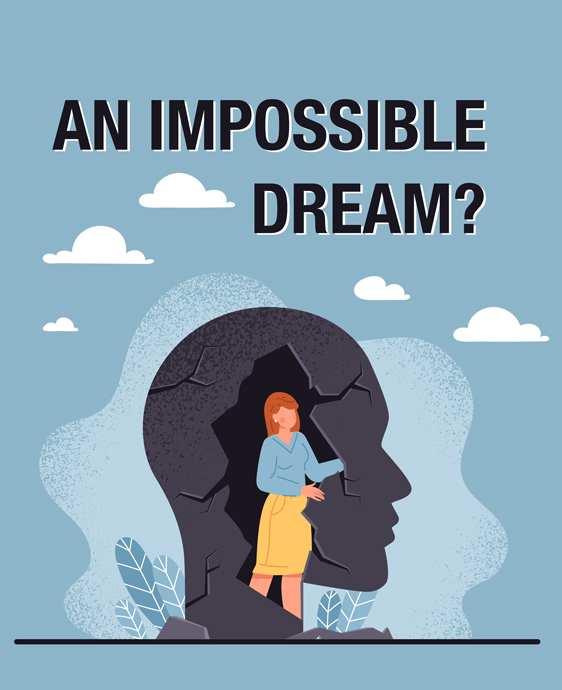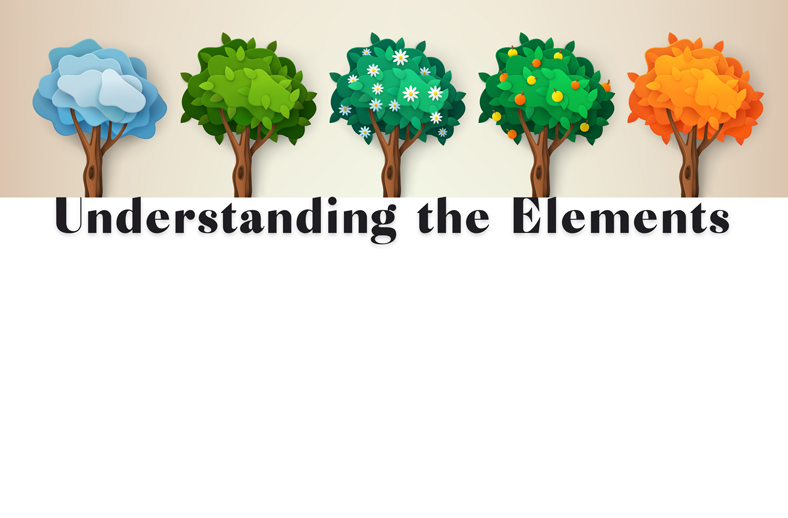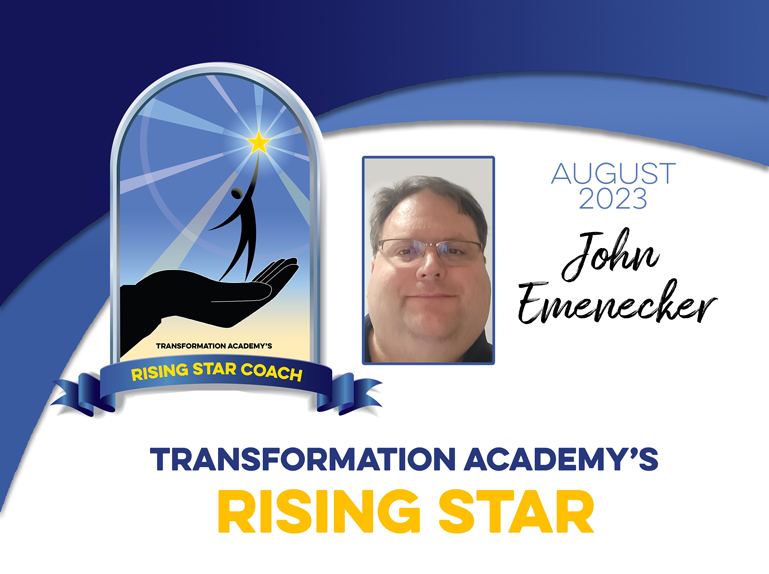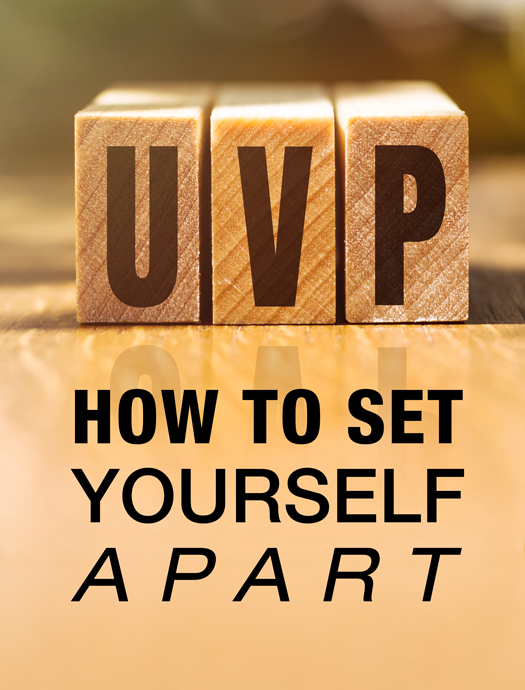How to avoid becoming obsolete.
By Darrel Hammon
Manufacturers plan for obsolescence, ensuring you will have to trade in your old computer, microwave, or iron for a new one, usually, just a few years after the warranty goes belly up or after you have paid for the third add-on warranty you purchased to keep the first warranty fresh. Unfortunately, human beings do not have the ability for an extended warranty unless you create your own warranty by improving yourself and your situation.
We can become obsolete in a variety of areas. Our career or personal obsolescence usually comes because we talk ourselves into it. While there may be many more ways, here are a mere six to avoid that will push you there of your own volition and choice.
1. The system won’t let us do this (it’s above my pay grade). The ubiquitous “system” tends to lull us into lethargy, thinking that nothing can be done because what you are asking is way above your pay grade. Often, we hide behind the system because we do not want to do anything about it. Many systems, particularly software systems, have a zillion capabilities, and we only know how to do 10 percent—if that much—not wanting to invest in learning anything more. It could be more strenuous than we have the courage for. If we do not take chances and stretch a wee bit, then we will never grow, and the system will run us.
2. We have done that before, and it didn’t work. Thinking this way will never let new and innovative ideas emerge. What if Thomas Edison had said that? No electricity. What about Gates and Jobs—any of those tech visionaries who invented something. No fast and efficient computers. Sometimes, we must keep on trying or trying a different way to make something happen. Persistence is just part of the equation for success, and it keeps us out of the obsolescence mode.
3. Nobody has ever done that. Perhaps not, but that does not necessarily mean it cannot be done. Entrepreneurs are constantly asking the question, “What hasn’t been done before?” Or “What is needed and is currently not on the market?” and then going out and making it happen.
4. Why do I have to do that? Can’t someone else do it? Asking, “Why do I have to do that?” is merely an avoidance issue because you really don’t want to do whatever is asked of you. While some may call it laziness, it may hinge on you not really knowing how to do that particular task. Instead, you feel if you ask for help, you may expose what you do not know to others. Whether it is avoidance, laziness, excuses, or some other reason, it will usually relegate you to obsolescence because it shows you don’t want to grow and develop. Asking questions is good if we strive to seek out the answers that will help us improve.
5. This company has been around a very long time so I’m pretty safe; besides, I don’t do change. Tell that to the whaling industry when the lightbulb came into being or, more recently, tell that to Blockbuster when Netflix showed up or Myspace when Facebook emerged or dozens of other companies. What is artificial intelligence (AI) going to do to our world, our life? Change will definitely happen, and it is no respecter of persons or companies. We are vulnerable unless we brush off the cobwebs and learn how to do business in an ever-changing ecosystem. Plus, becoming so comfortable with what we are doing may turn into complacency and obsolescence. An adage says, “If you are not progressing, you are retrogressing.” One of your best choices is to learn new skills along the way and make yourself useful and then keep improving.
6. Why should I even try? Asking this question illustrates two possibilities: 1) You are at your wit’s end and really do not want to try again; or 2) You just say that because you are not willing to put forth the effort. Perhaps you have experienced some negativity, or you really tried and were put down until you do not even want to try and get up. If you are in that situation, it may be better for you to get out and do something else. Before you go, however, be sure to upgrade your skills and be ready for your next adventure if you are working for someone else.
Becoming obsolete in your career—or in your personal life—can only cause pain and harm; however, learning how to be creative and inventive will propel you along the ever-changing path that will keep your head above the froth of life.
Obsolescence does not become you.
Darrel L. Hammon has been dabbling in writing in a variety of genres since his college days, having published poetry, academic and personal articles/essays, a book titled Completing Graduate School Long Distance (Sage Publications), and a picture book, The Adventures of Bob the Bullfrog: Christmas Beneath a Frozen Lake (Outskirts Press). He also was the editor of the Journal of Adult Education (Mountain Plains Adult Education Association). Most of his essay/article writing has focused on topics about growing up, leadership, self-awareness, motivation, marriage/dating, and educational topics. Some of these articles/essays are in Spanish because Darrel is bilingual in Spanish/English, having lived in Chile, Dominican Republic, and southern California, and having worked with Latino youth and families all of his professional life in higher education. He has two blogs, one for personal writing at http://www.darrelhammon.blogspot.com/ and one for his consulting/life coaching business (http://www.hammonconsults.blogspot.com/).










